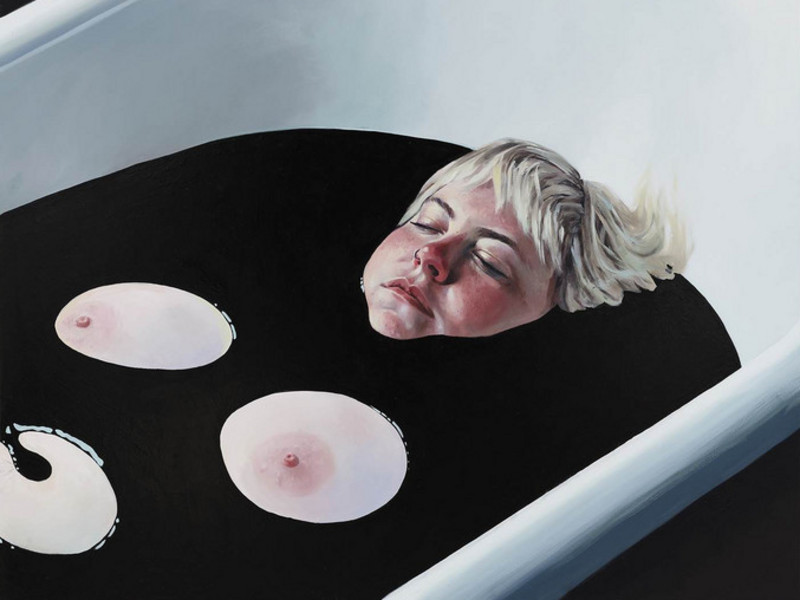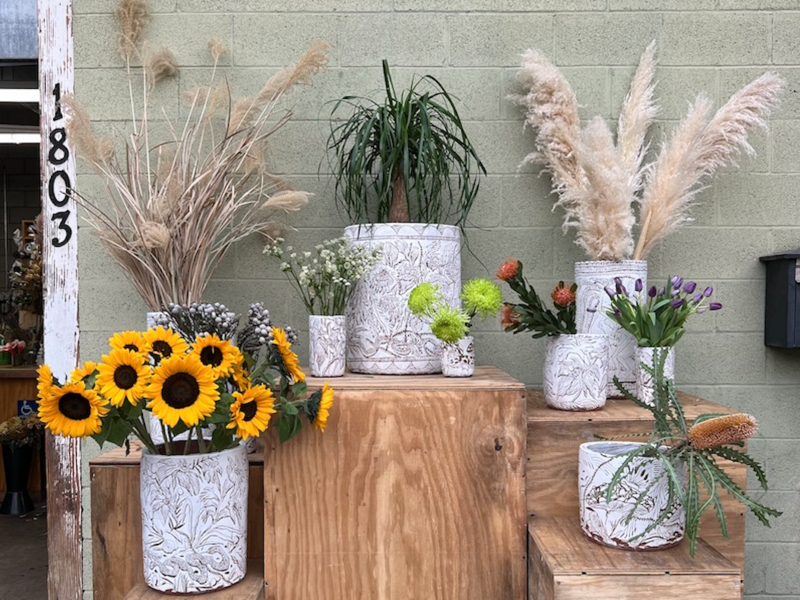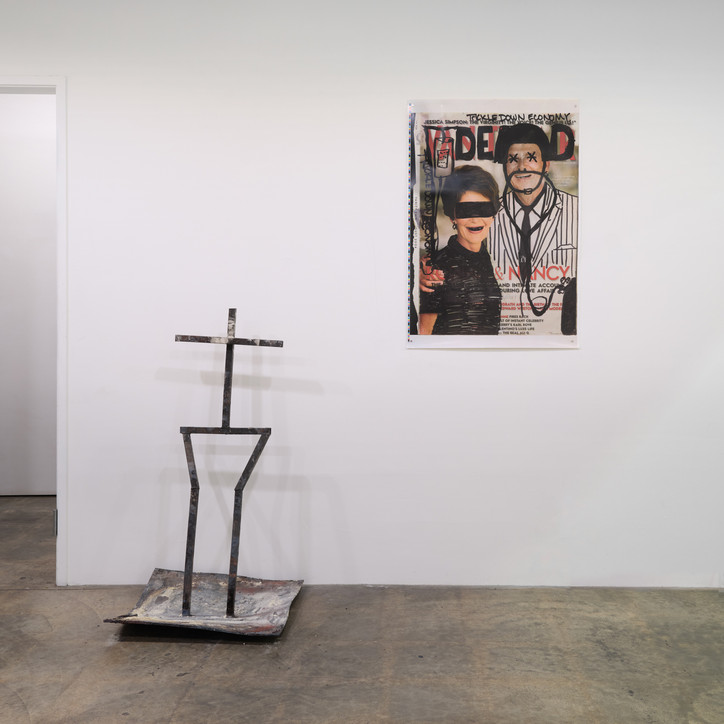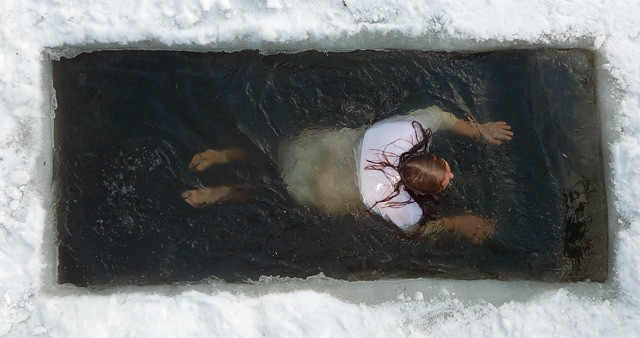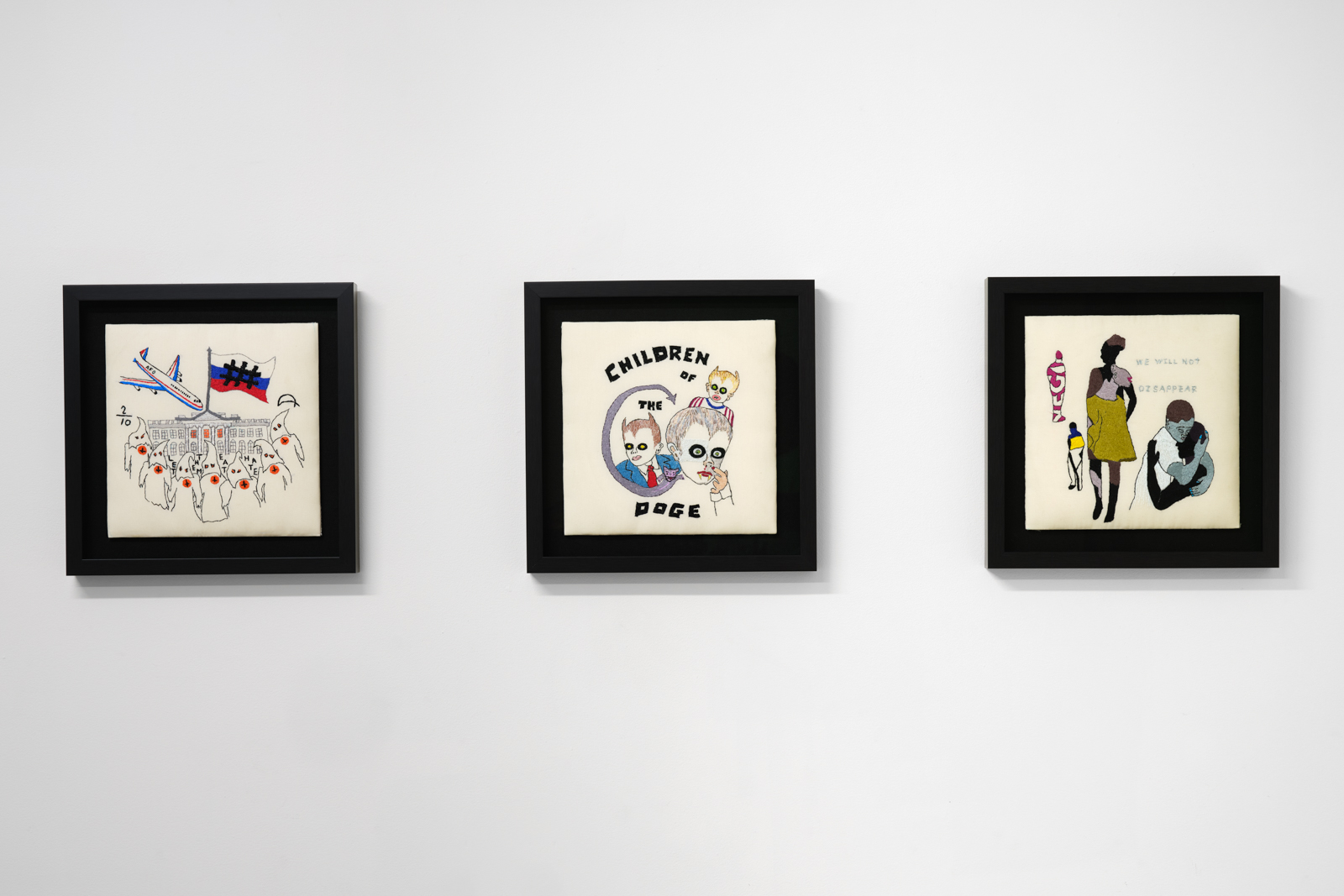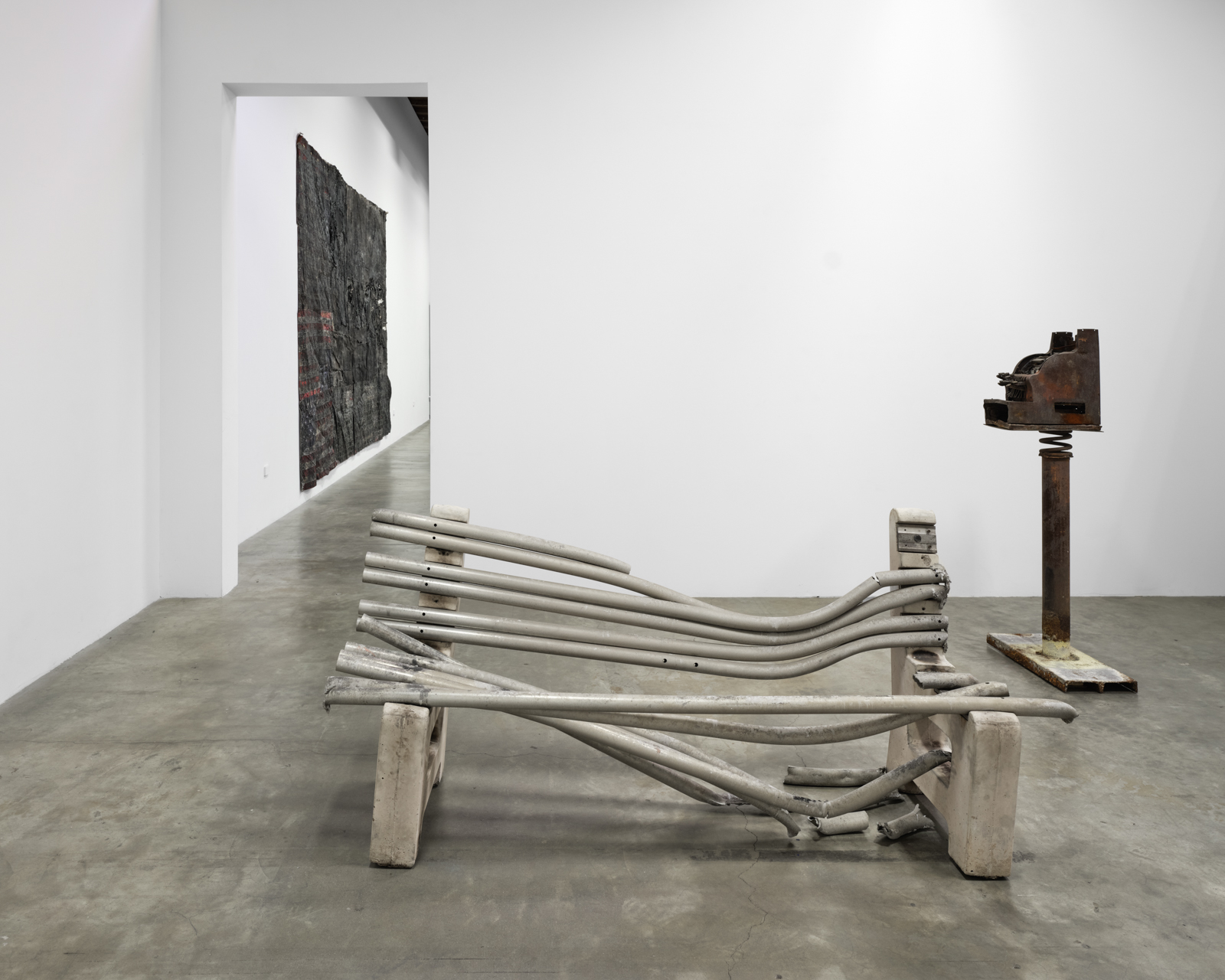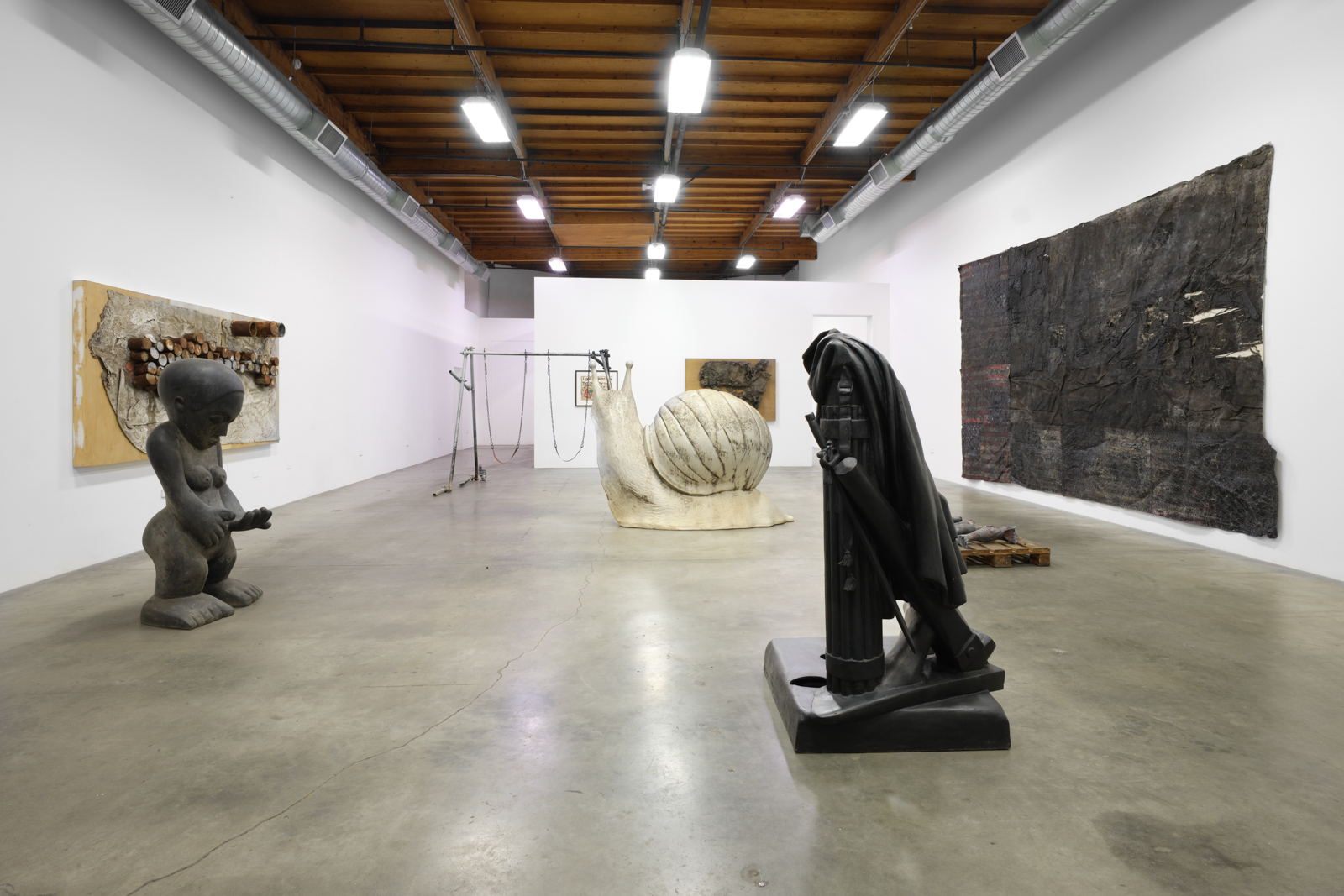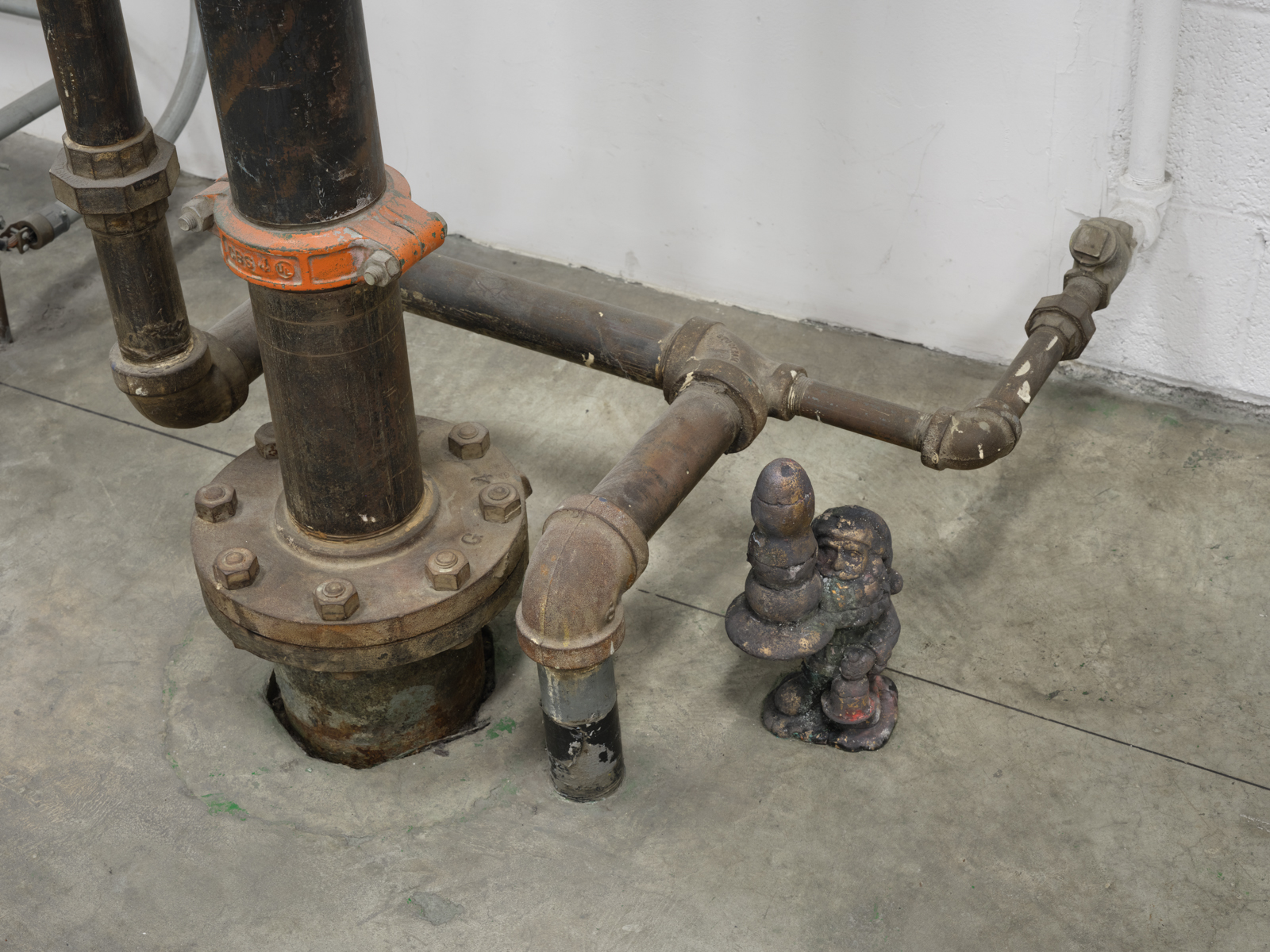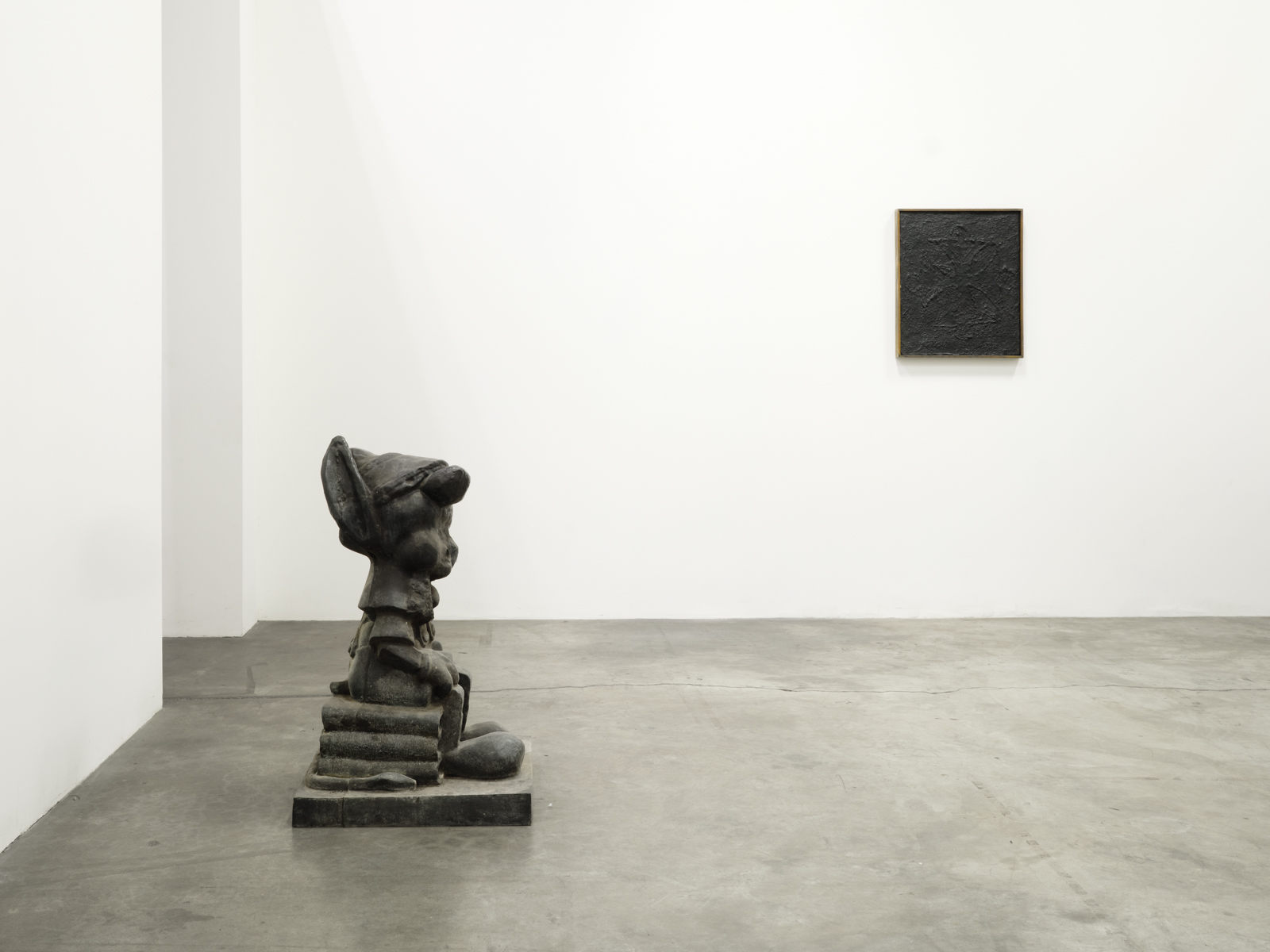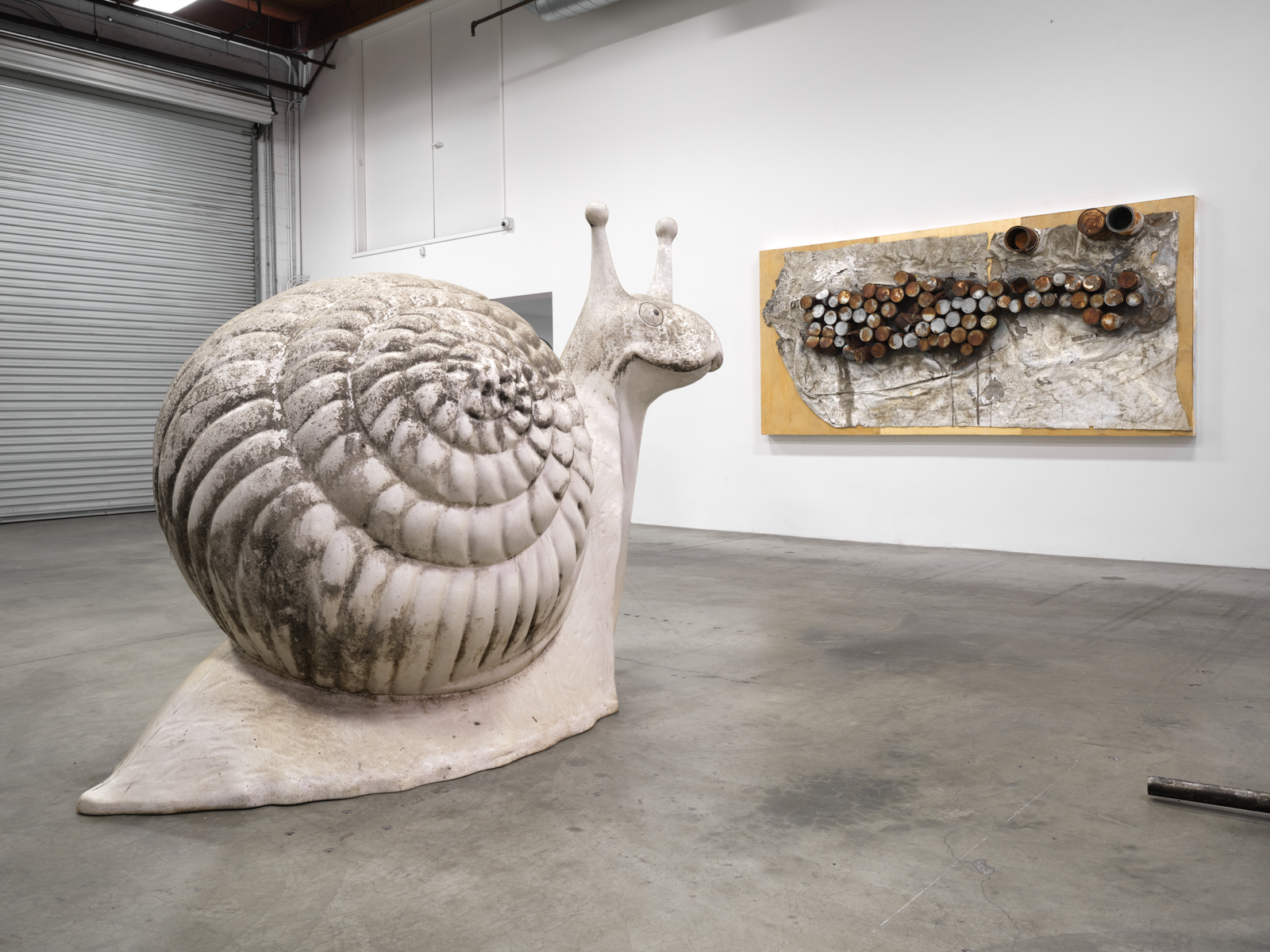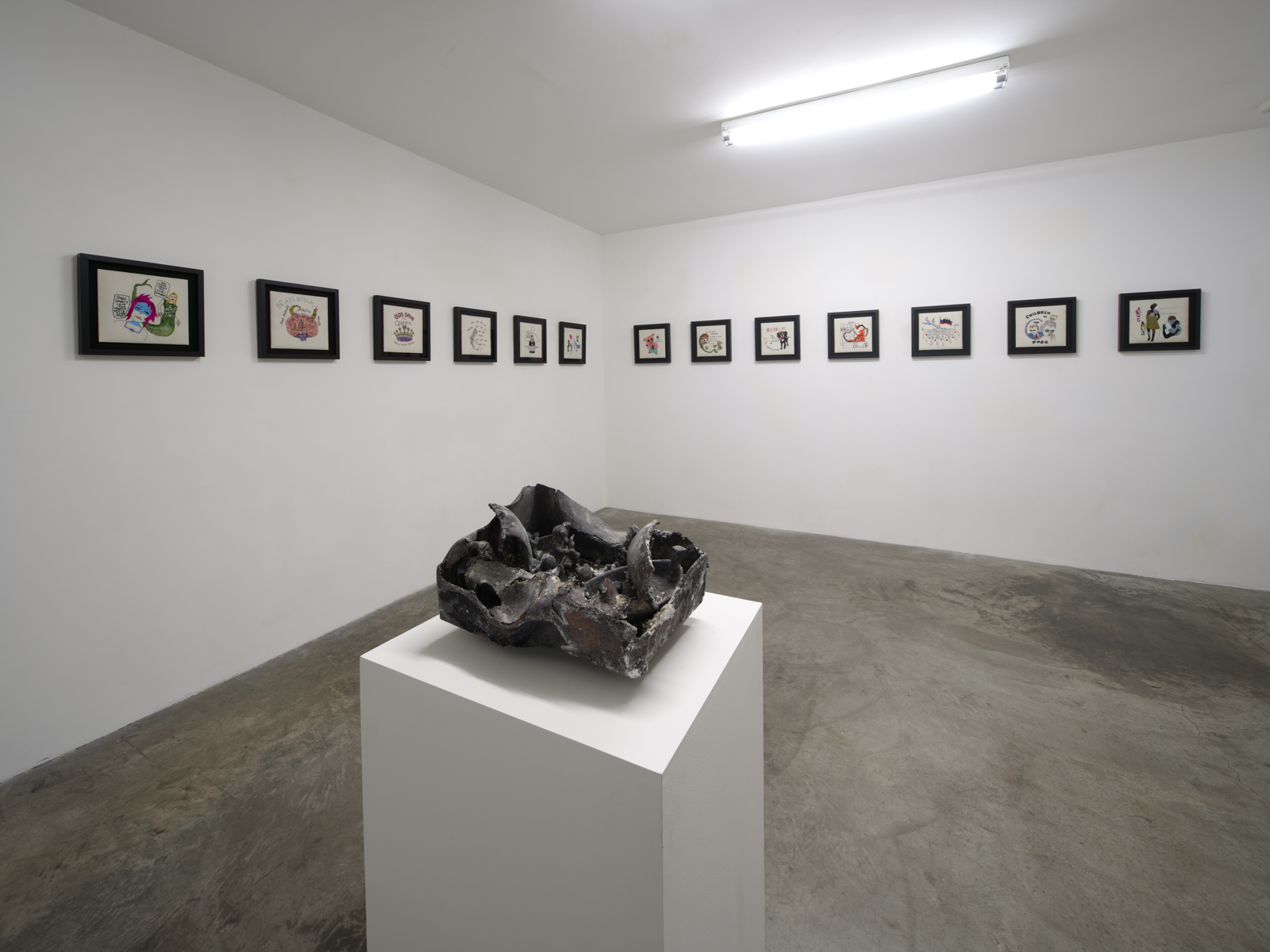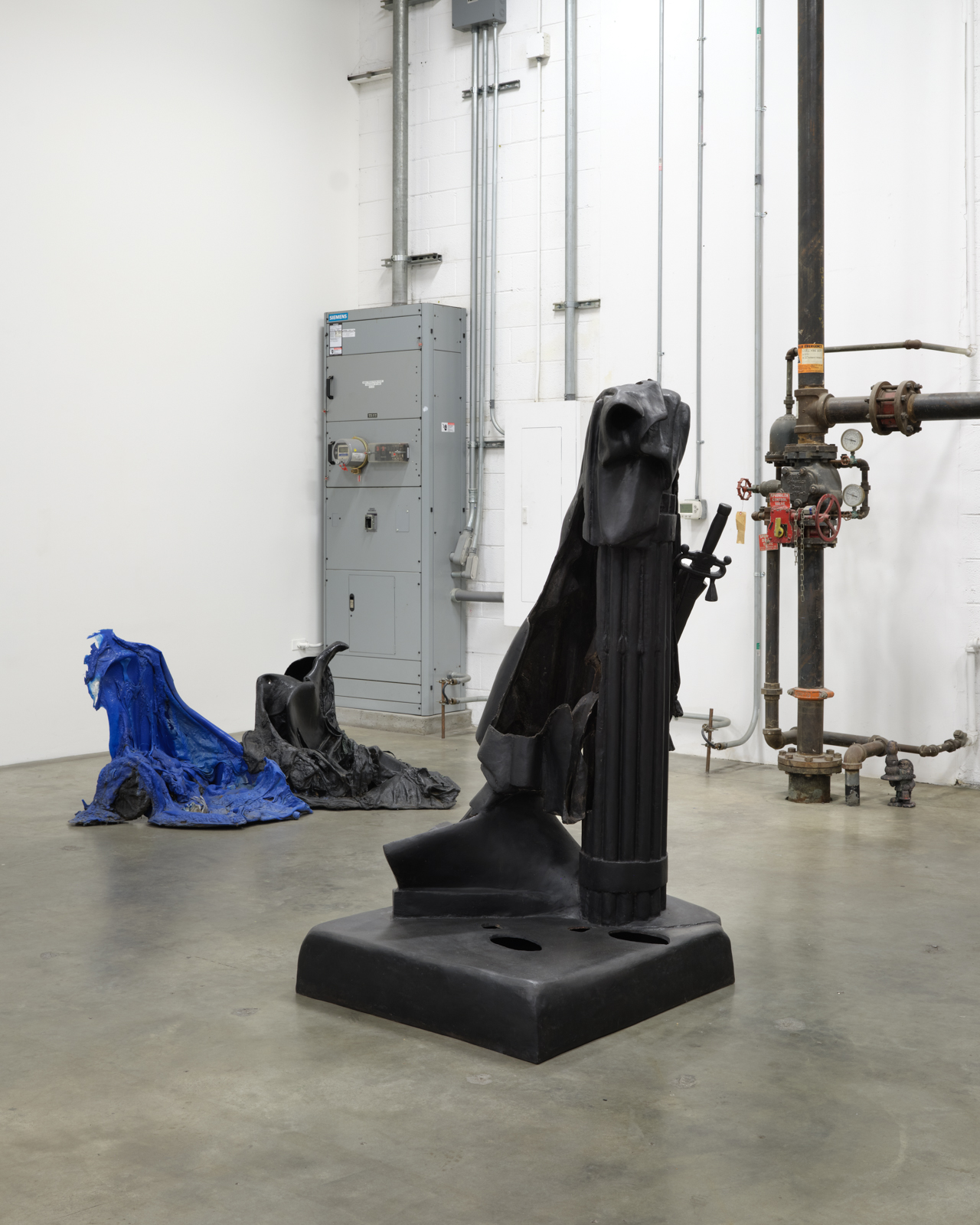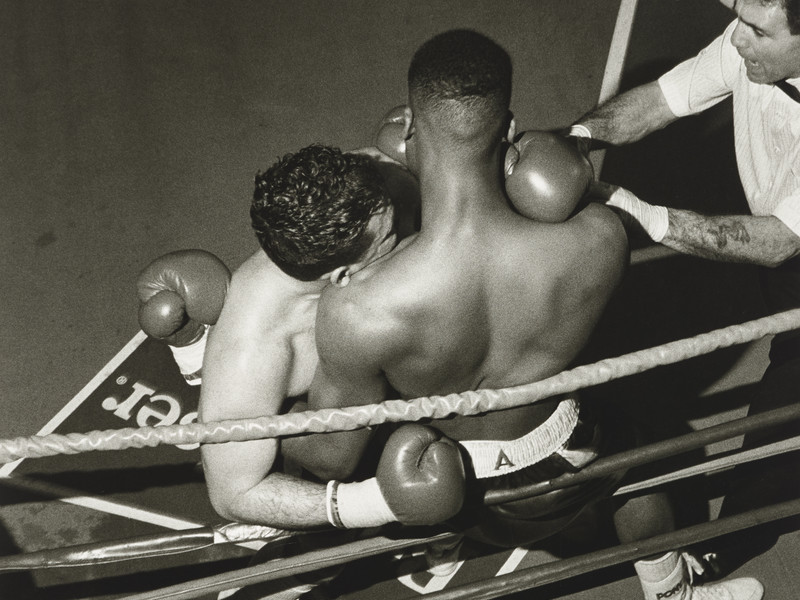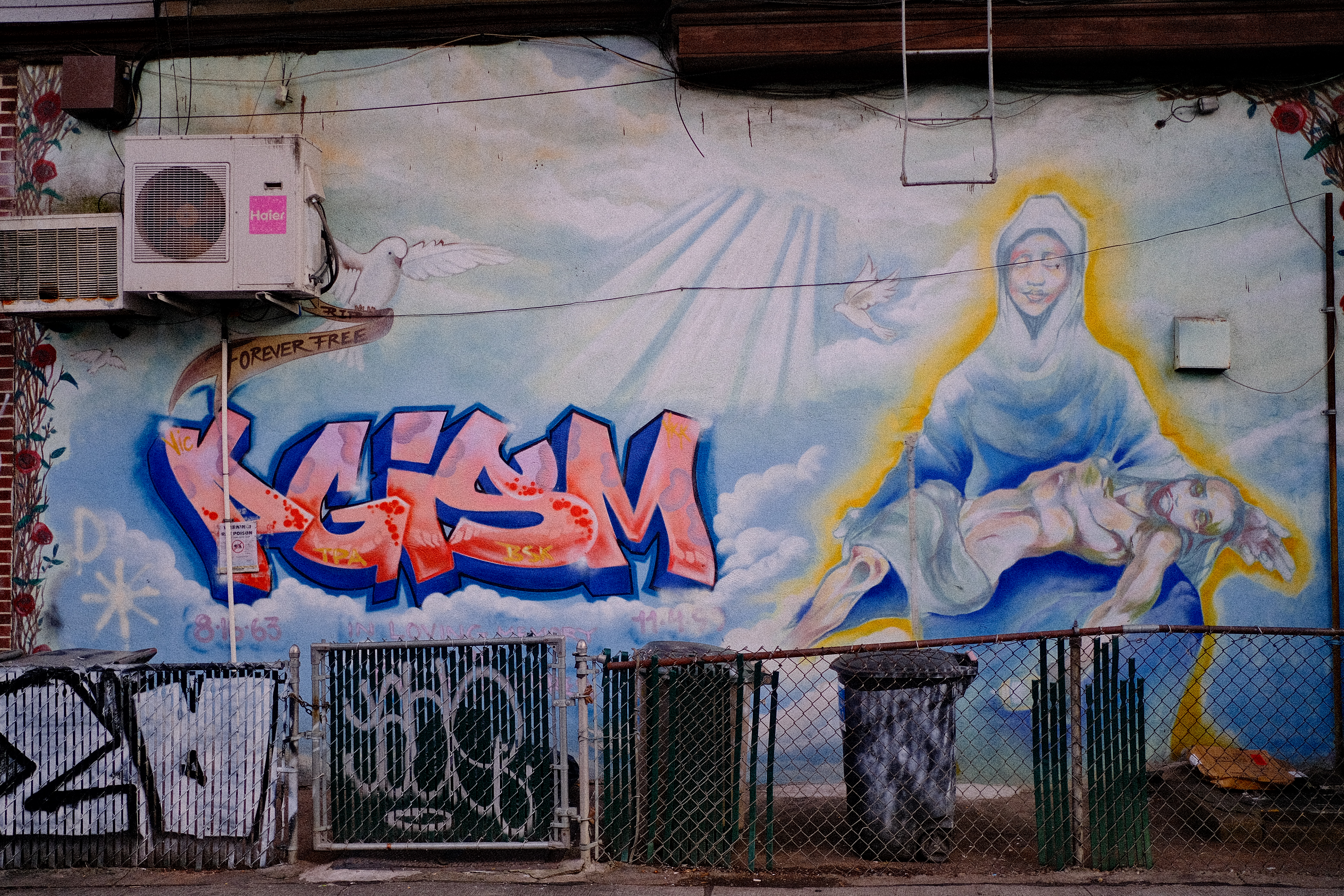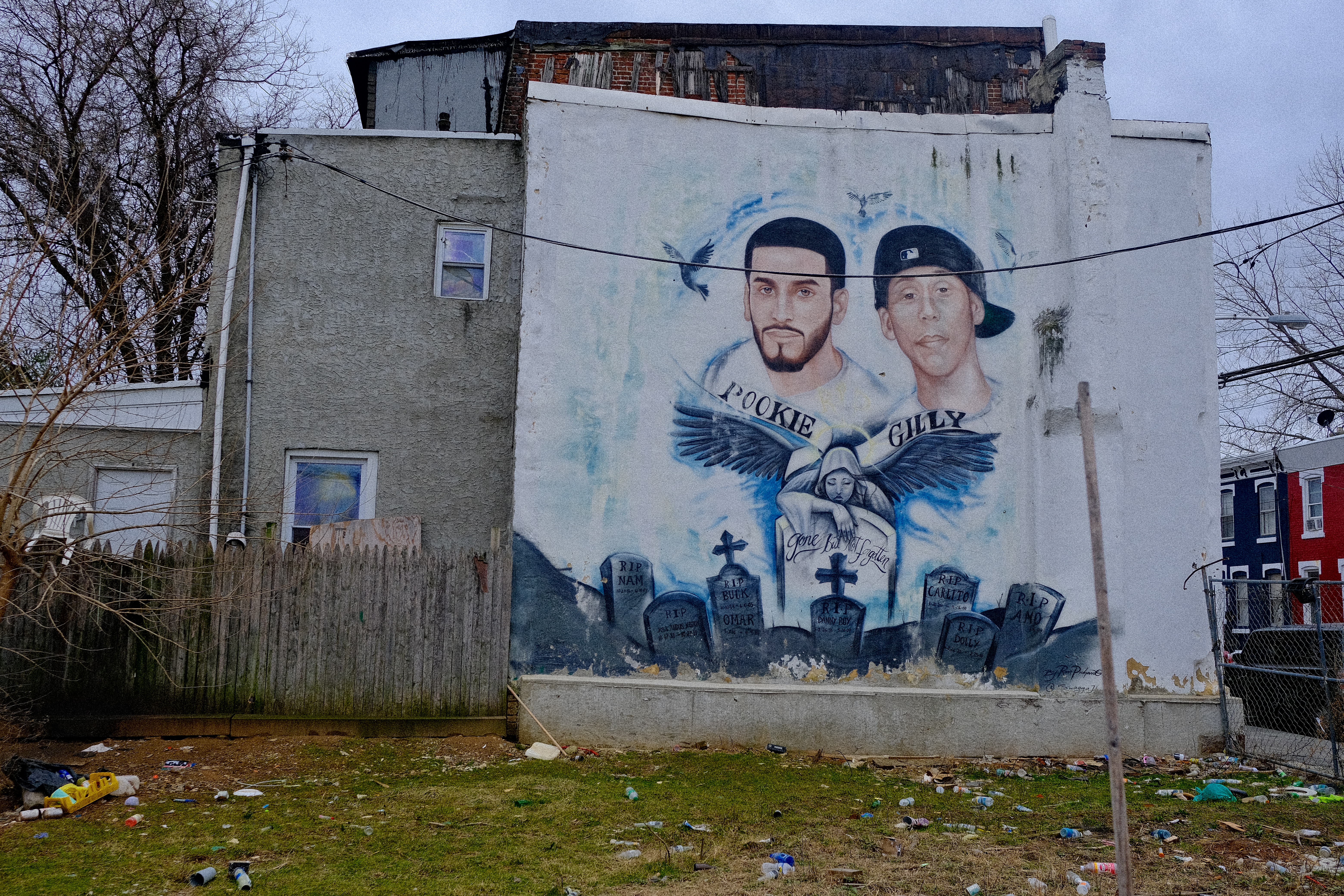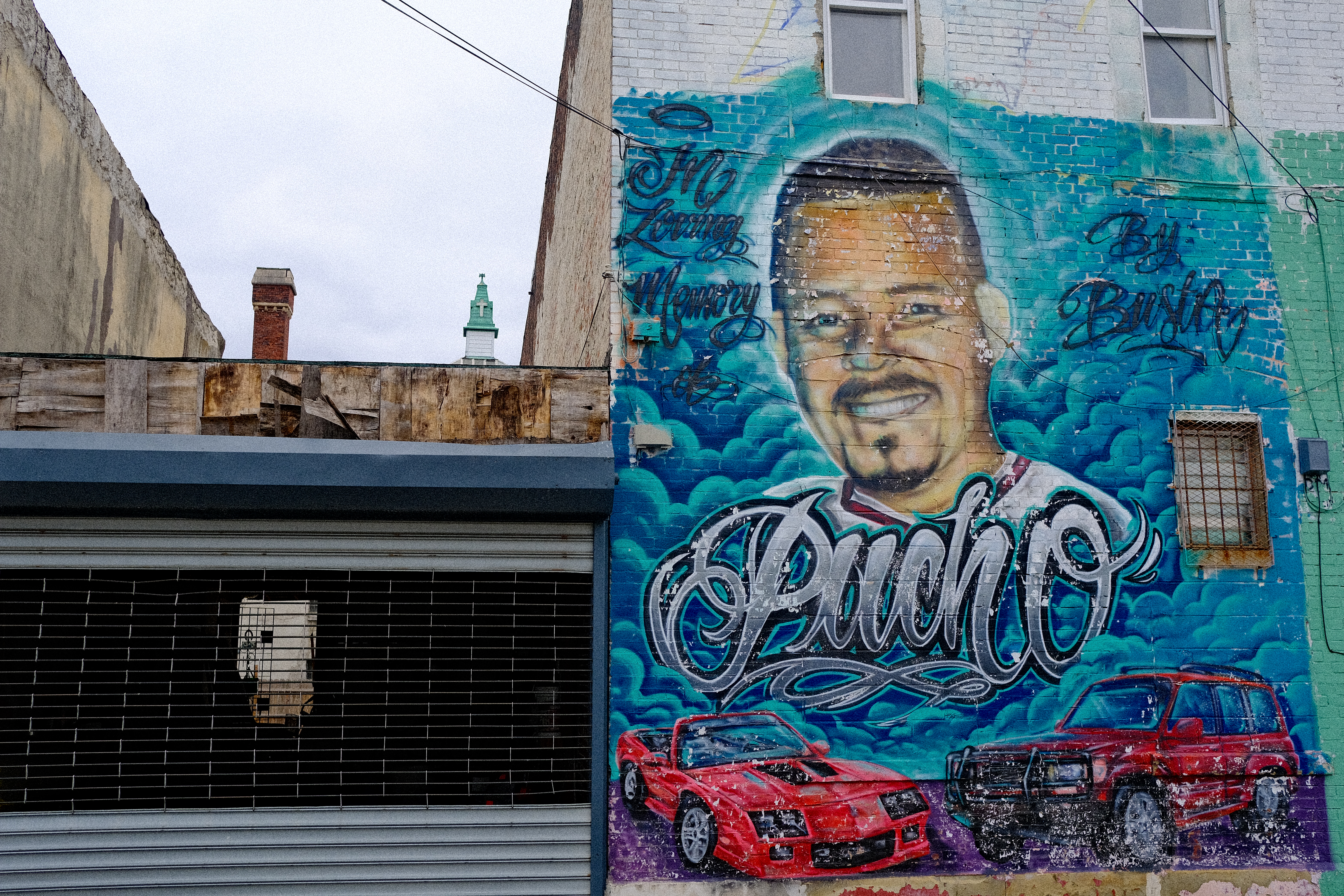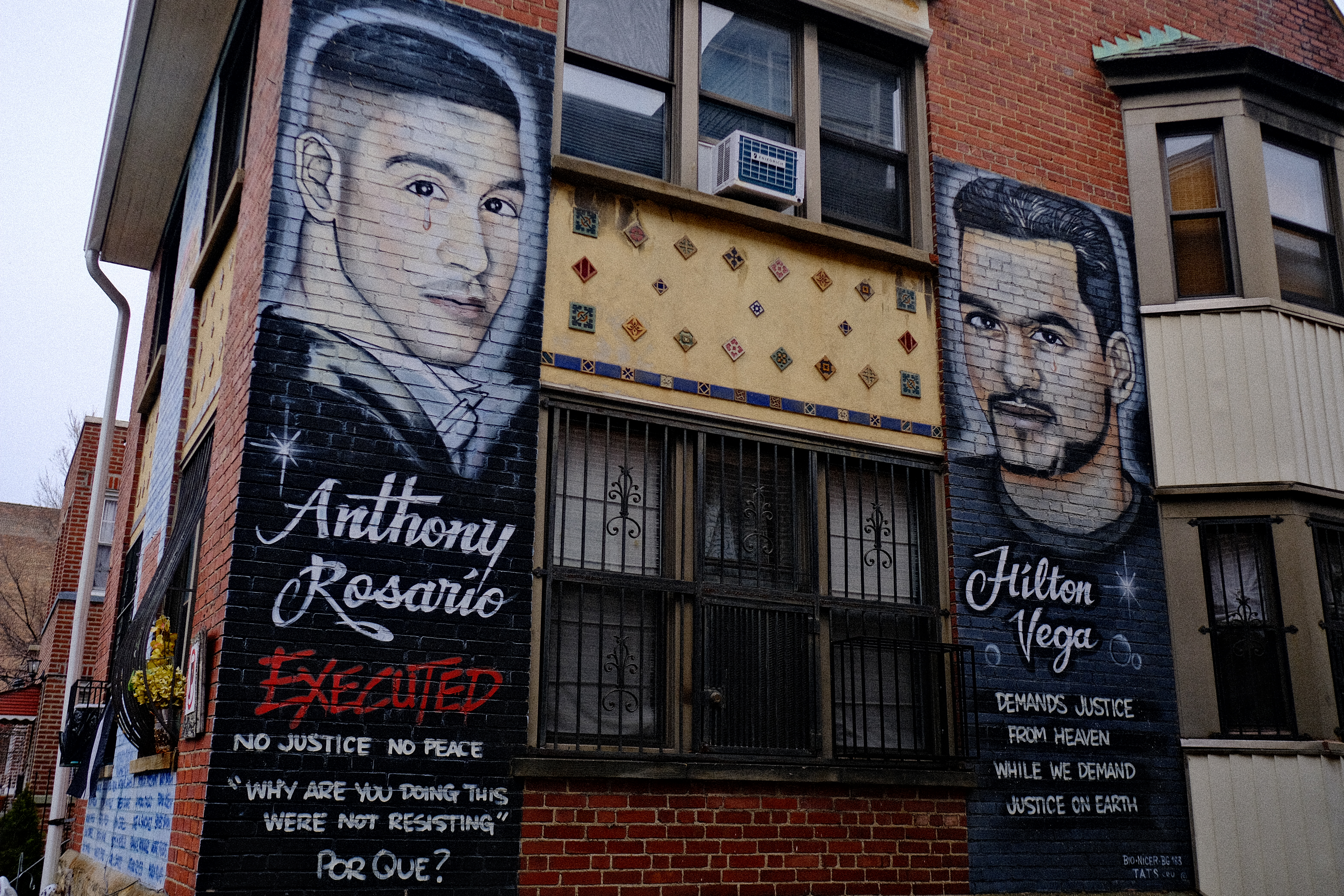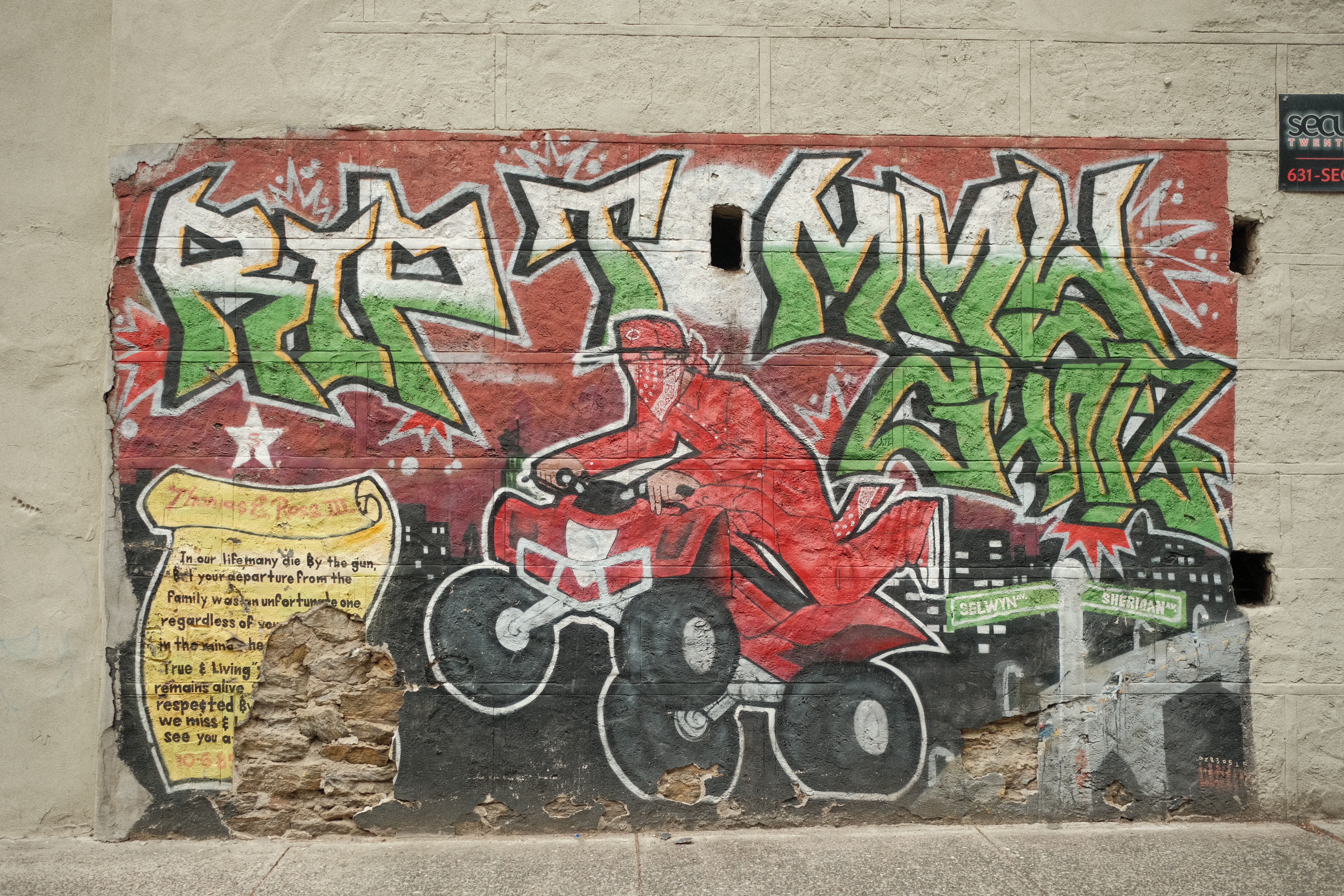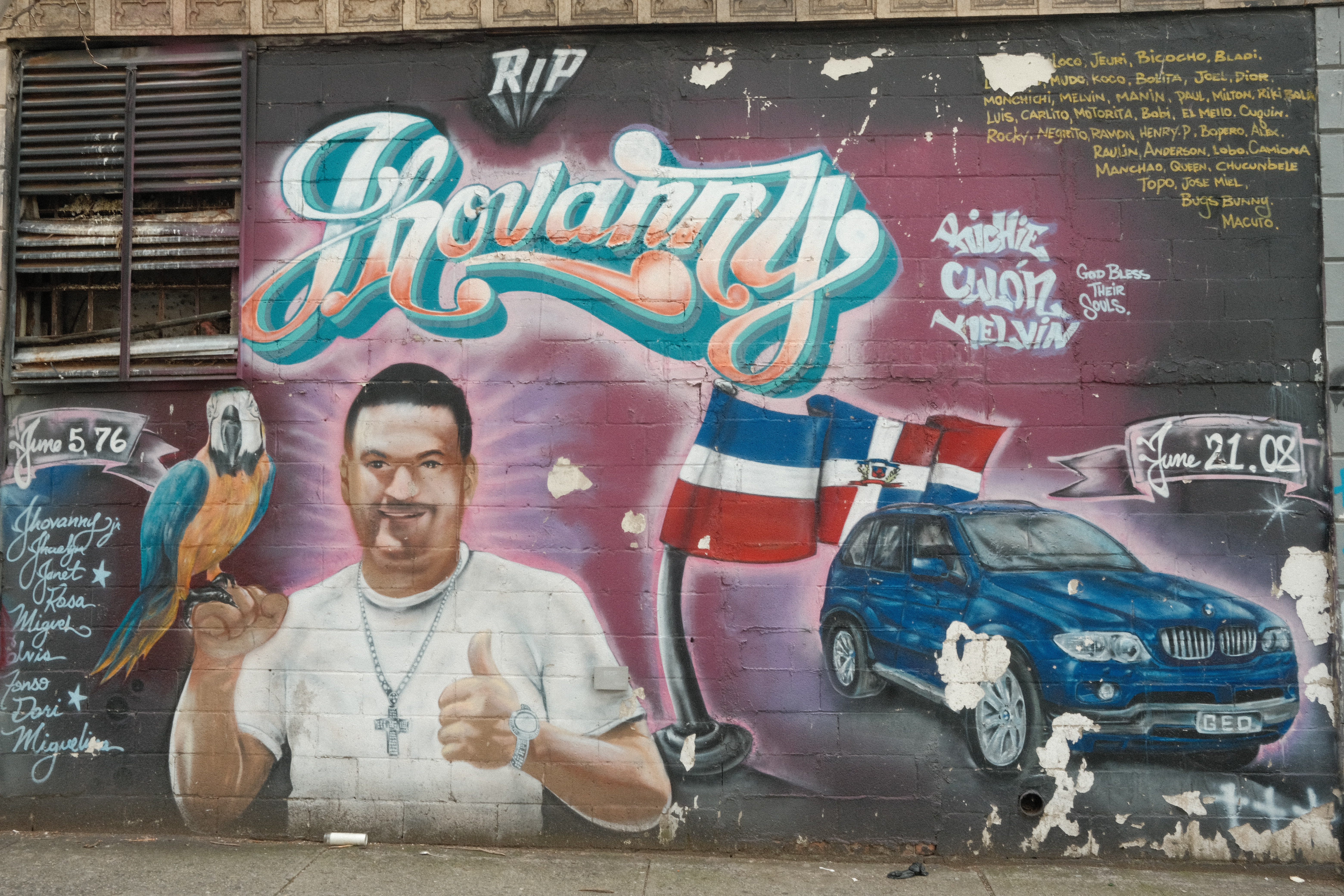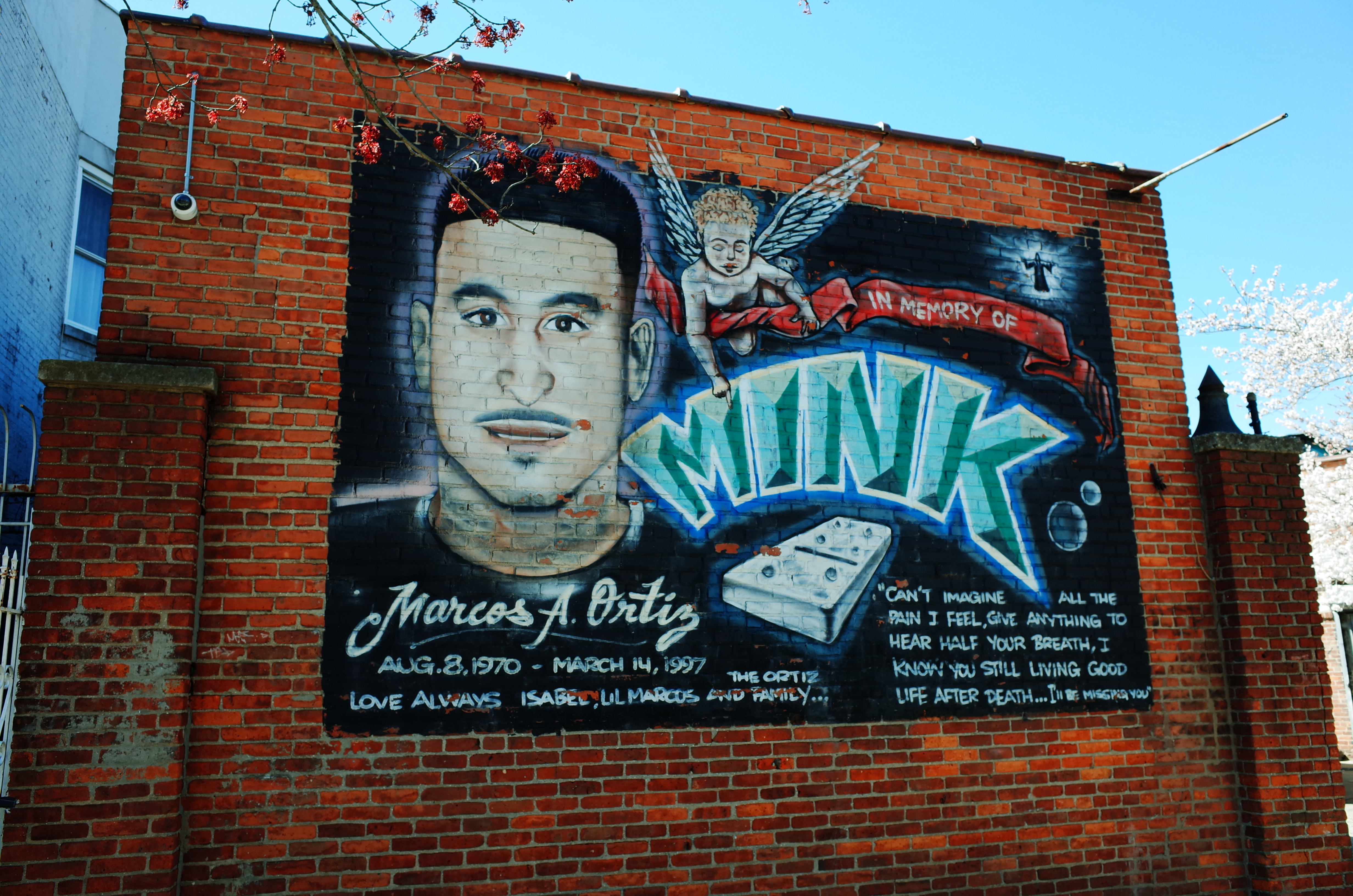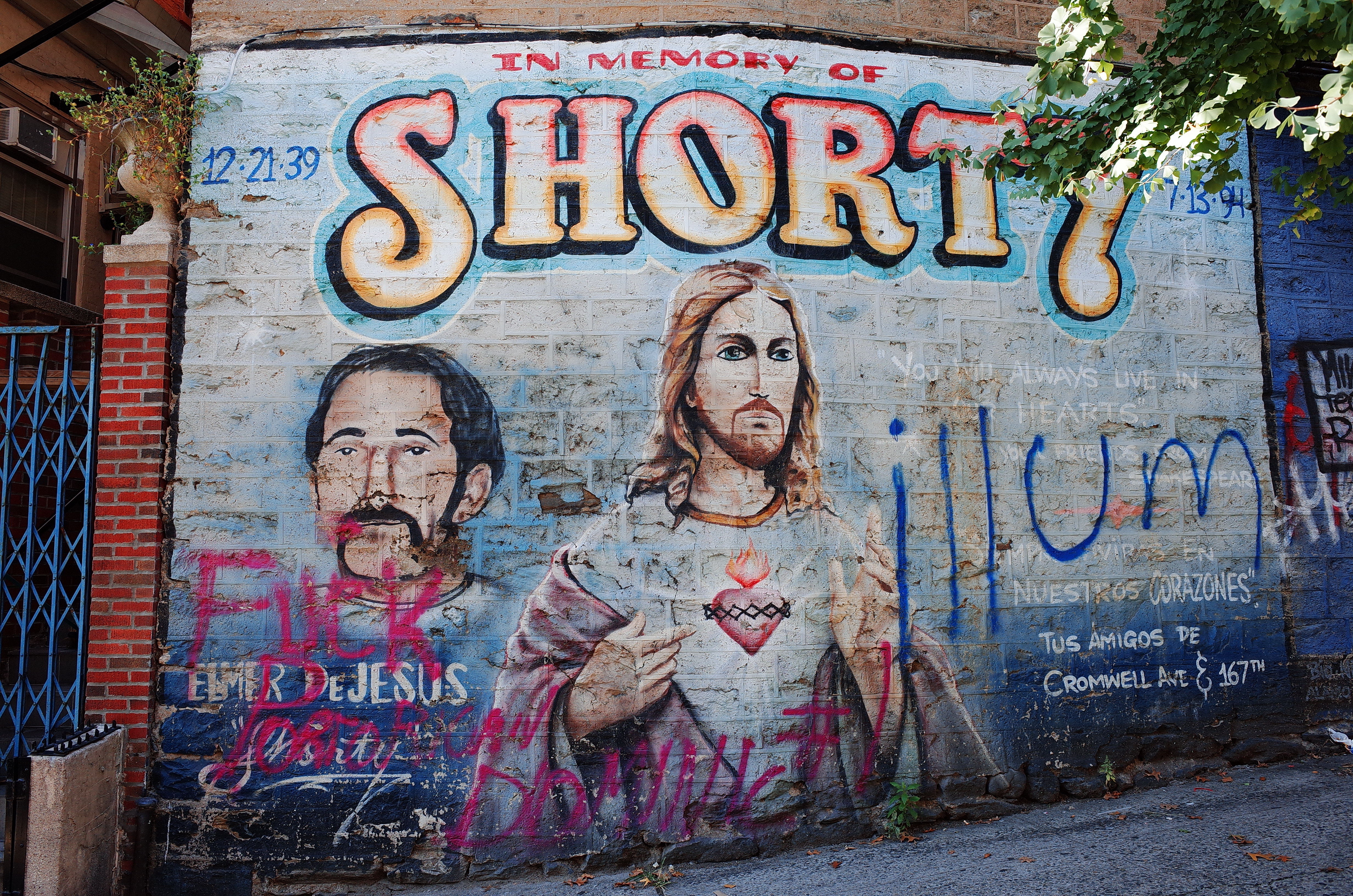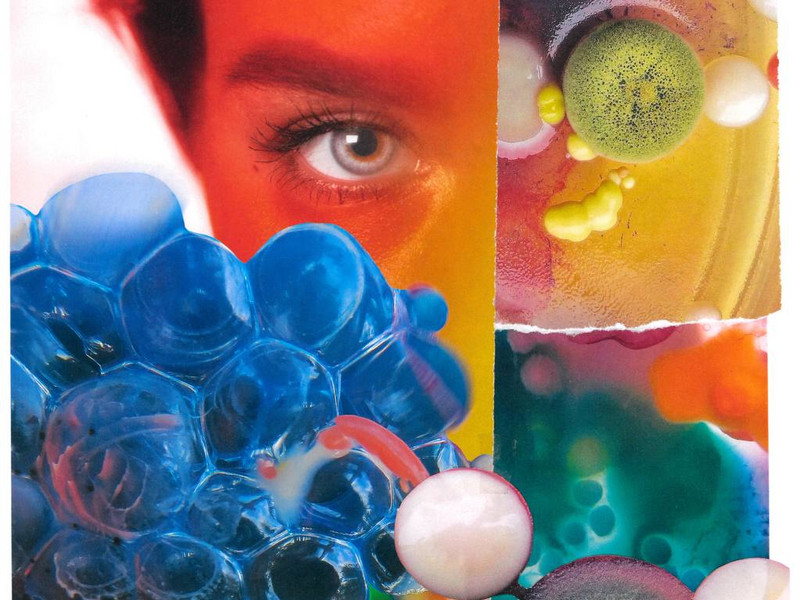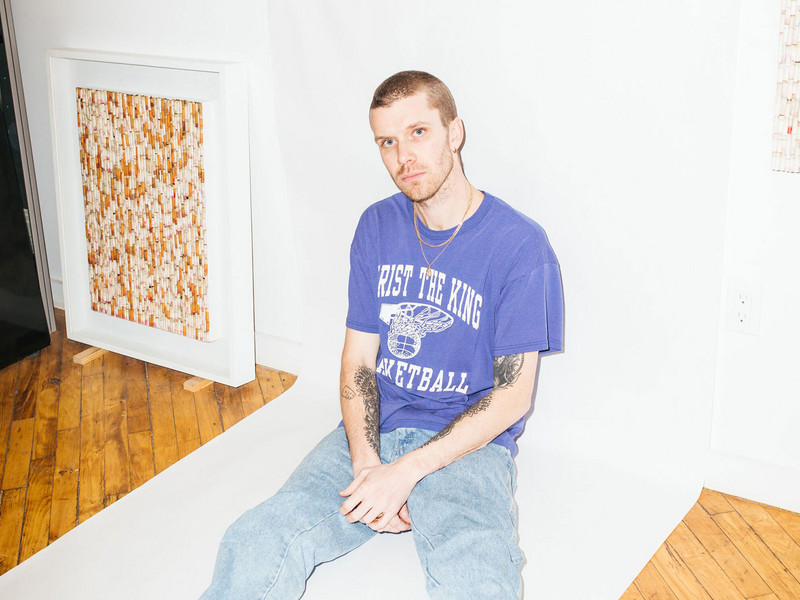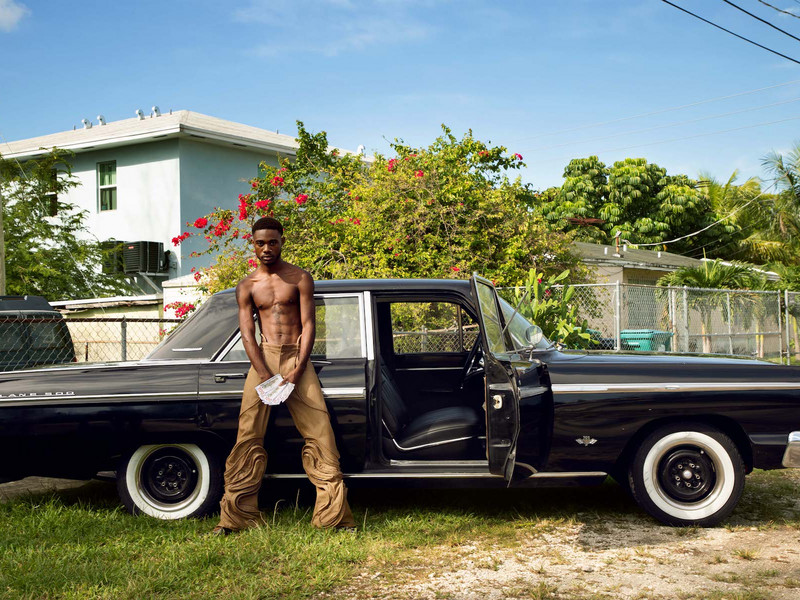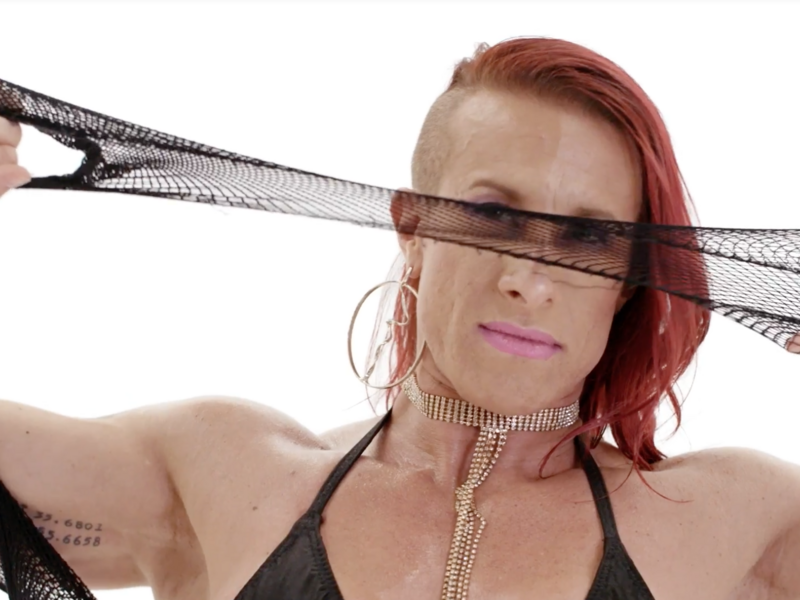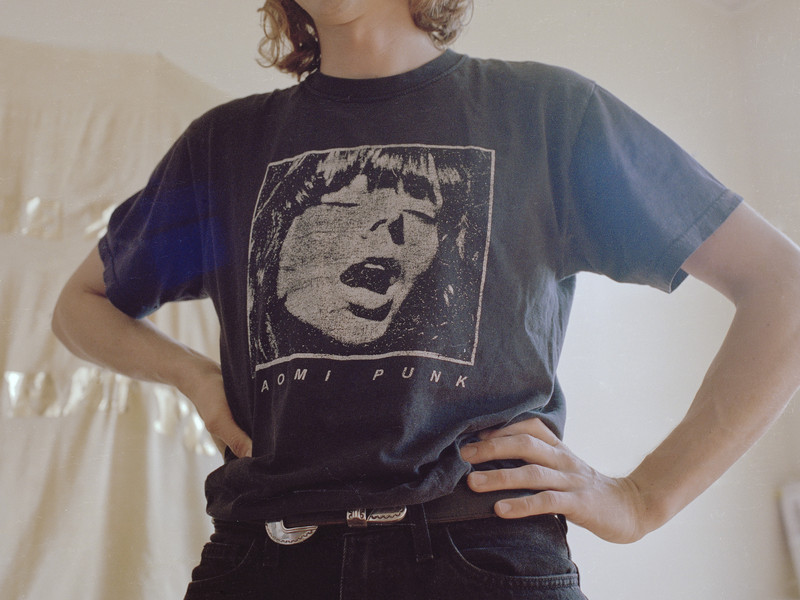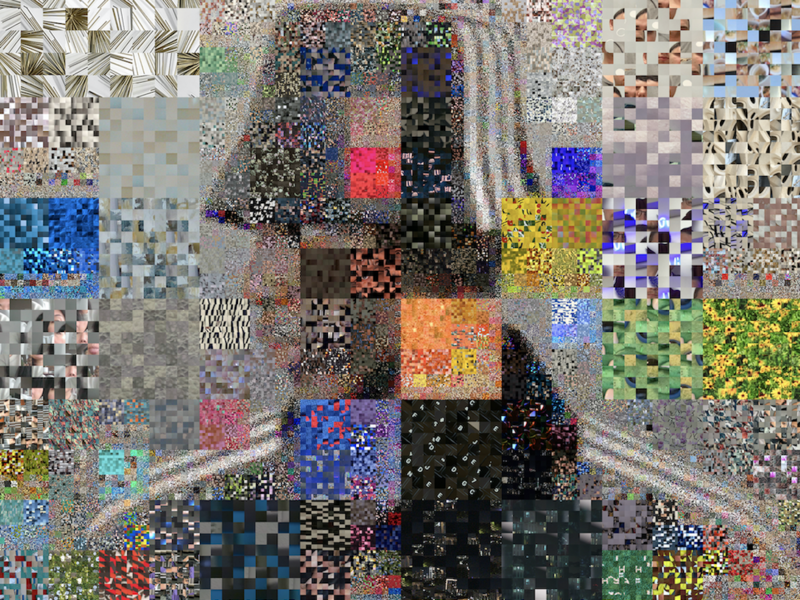The Outlaw
That’s what makes his work so powerful. While most people might turn away from the harshness of these realities—kids fucking, fighting and getting fucked up—Clark captures it all, intimately. But unlike a voyeur, or an outsider painting the lives of drug addicted and downtrodden kids as a kind of glorious mess of sex, drugs, and rock ‘n’ roll, his work serves more as a document. Whether it’s fiction, like Marfa Girl 2, or fact, like Tulsa, it’s real. And that’s because Larry Clark has lived it.
“I just try to be as honest as I can be,” he says. “[...] We all basically have one story to tell.”
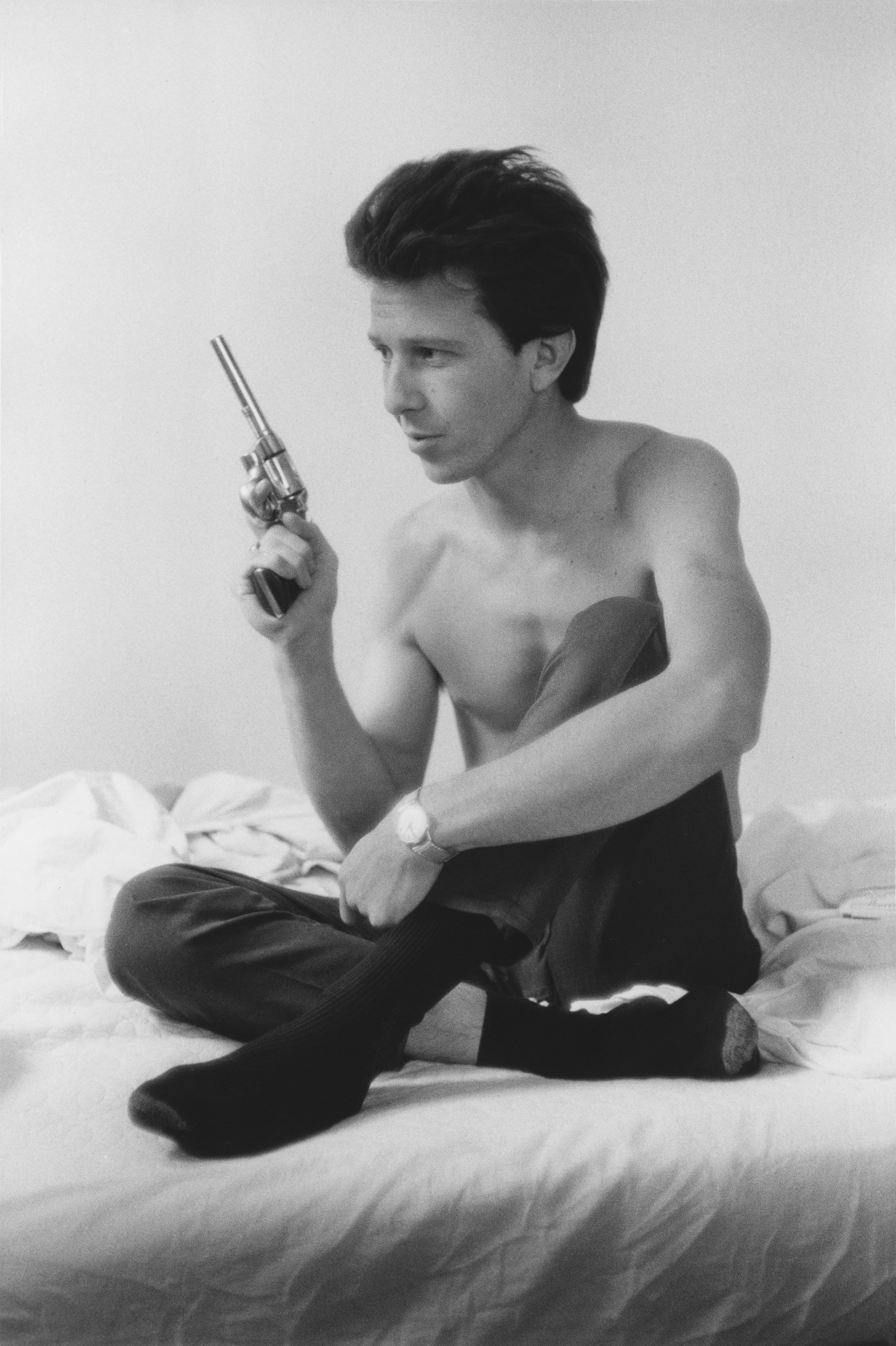

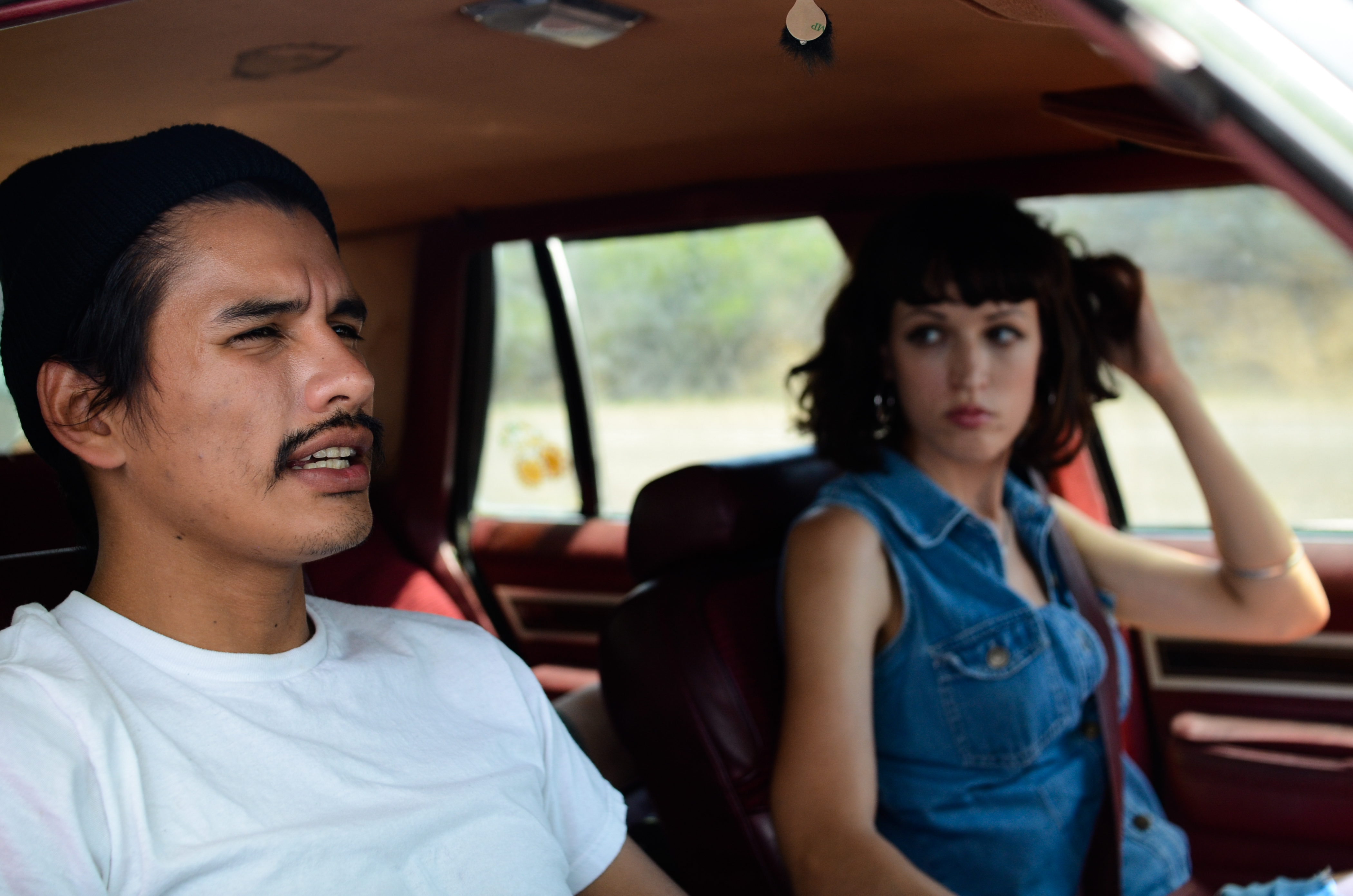
From Left: 'Dead 1970,' 1968, Tulsa. Photo by Larry Clark; stills from 'Marfa Girl 2,' 2018. Photo by Jessica Lutz.
Do you remember the moment you decided to leave Oklahoma?
The second that I turned 18. I couldn’t wait to get out of there—there was nothing there for me.
Would you say that all the work you’ve done, from Tulsa to the Marfa Girl series, is a response to the same artistic urge?
Well, I don’t know if it’s the same, but I’ve always made work no matter what I was doing. It just comes to me. We all basically have one story to tell. But also, [throughout] different periods of my life, I’ve been interested in different things.
What do you think it is about the American youth experience that’s so unique, and allows you to create these narratives?
I’ve been doing it since I was about 17 years old—it’s kind of my territory. I’ve always been interested in it, even when I was young, and it’s just turned out to be what I’ve done. I’m American, so I don’t really notice different countries, but I would think that it’s pretty different. I know France quite a bit and it’s different there—it's more open and honest.
In both Kids and the Marfa Girl movies, you chose to go with untrained actors. Why? Do they give better performances?
It’s much different. Using first time actors is interesting because they’re real. If you can stop actors from trying to act, then it seems to work very well with even people who are trained. I’ve had trained actors working with first timers, and they tell me that they don’t have any idea where the untrained actors are going to go, so they have to stop acting and just be open. I find that so real and honest.
You’ve always chosen capture things that most people would turn away from. Where does that instinct from—is that curiosity? Some people might call it gratuitous, but you don’t look away.
It’s true, it’s true—I don’t look away. I just try to be as honest as I can be. That’s part of the work—that’s what makes the work work. I can’t imagine doing it any other way. It’s just a natural flow that I get into.

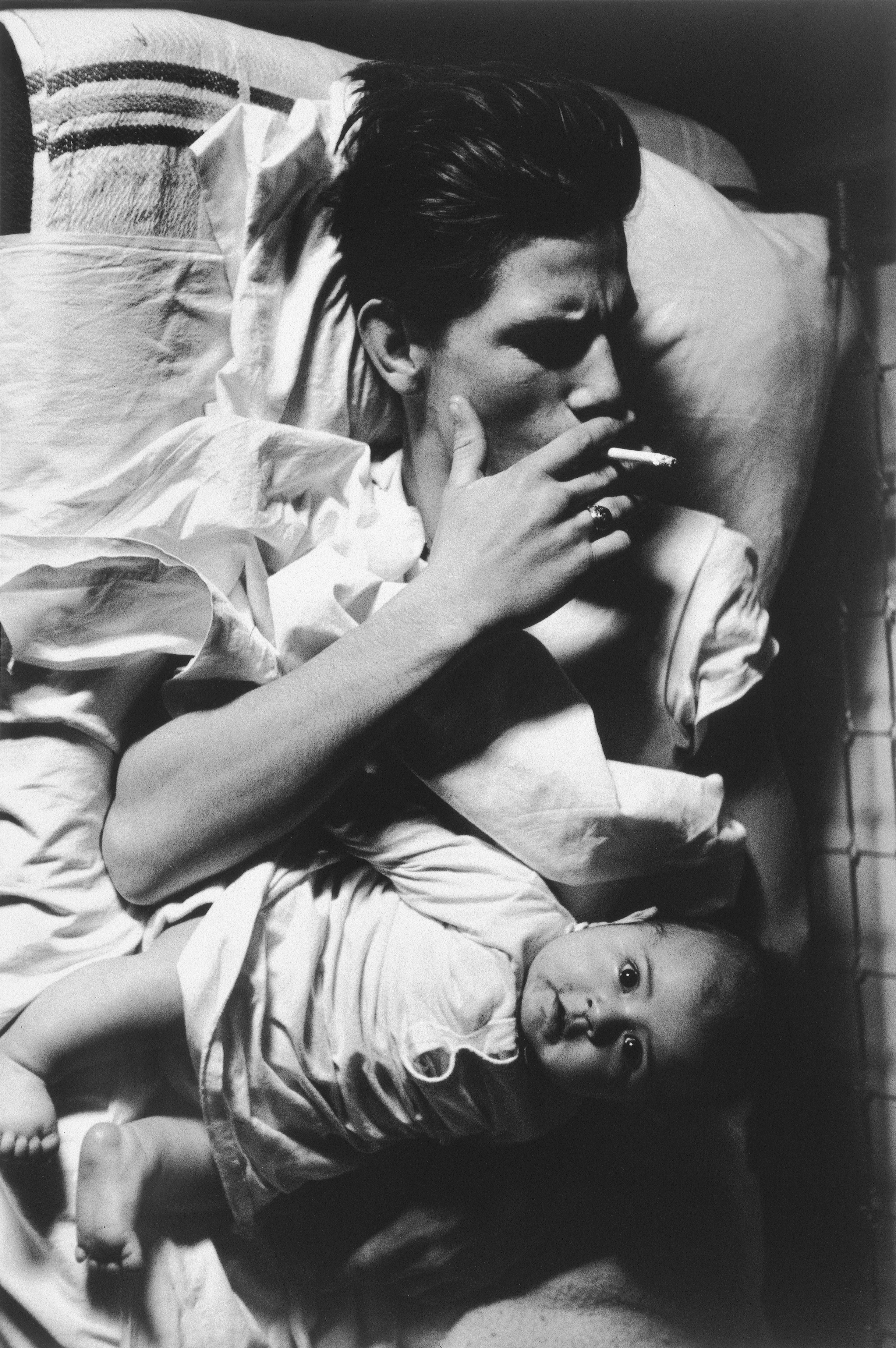
From Left: 'Brother and Sister,' 1973, Teenage Lust; 'Untitled,' 1963, Tulsa. Photos by Larry Clark.
How would you respond to someone who would say that it’s too much?
I mean, what can I say? Get a life!
When you started, was it hard to translate your photographic aesthetic to film?
It wasn’t difficult at all. The first time I walked on a movie set I said, ‘Ahhh, I’m home.’ I’ve always wanted to make film. Tulsa was a book, but it was really a film to me. I had wanted it to be a film, but I couldn’t make it on my own. So, when I finally got myself together to make a film, it was just natural—I had been doing it all along.
Your films tend to deviate from the traditional, linear method of storytelling. How would you describe your method, if you can articulate it?
Gee, I don’t know if I can. I just look at my work, and it’s what I do. My last few films, Marfa Girl 1 and 2, we have the same characters. In Marfa Girl, there were just so many questions about what happened to the people and about their lives. So, in the sequel, I try to answer what happened to them, but I also ask a lot of questions, so there might be a Marfa Girl 3.
So, the sequel was an attempt to resolve the first?
Marfa Girl 2 was meant to show what happened to the people, but then it got more and more complicated as it went along. During Marfa Girl 1, I had a diary—I didn’t have a screenplay, but you need a screenplay to sketch out how much time you’re going to spend in a certain place. So, I sketched out a very very short screenplay—it couldn’t have been even 25 pages. With Marfa Girl 2, I made it up as I went along, which was interesting to do.
Spoiler alert, but why did Adam have to die?
We don’t know he’s dead yet. He was shot in the chest, so we don’t know for sure if he’s dead or not, which is why if I make a third, we don’t know if he’s going to be around or not. [That] might be a good reason to make another film. A third one is complicated because so many things happen and the characters have to figure out how to get out of it all. Everybody is in some deep shit. It would really be something.
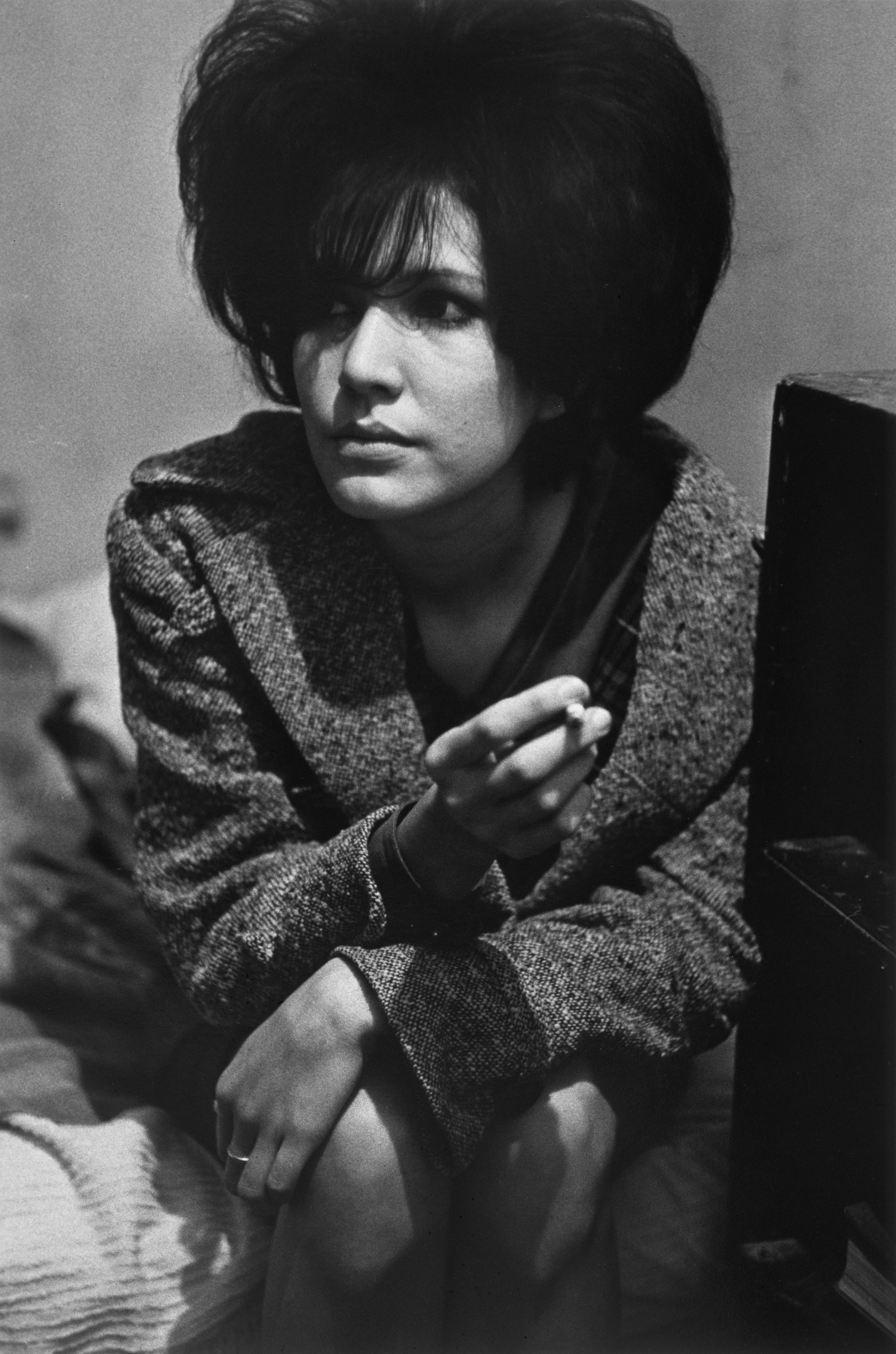

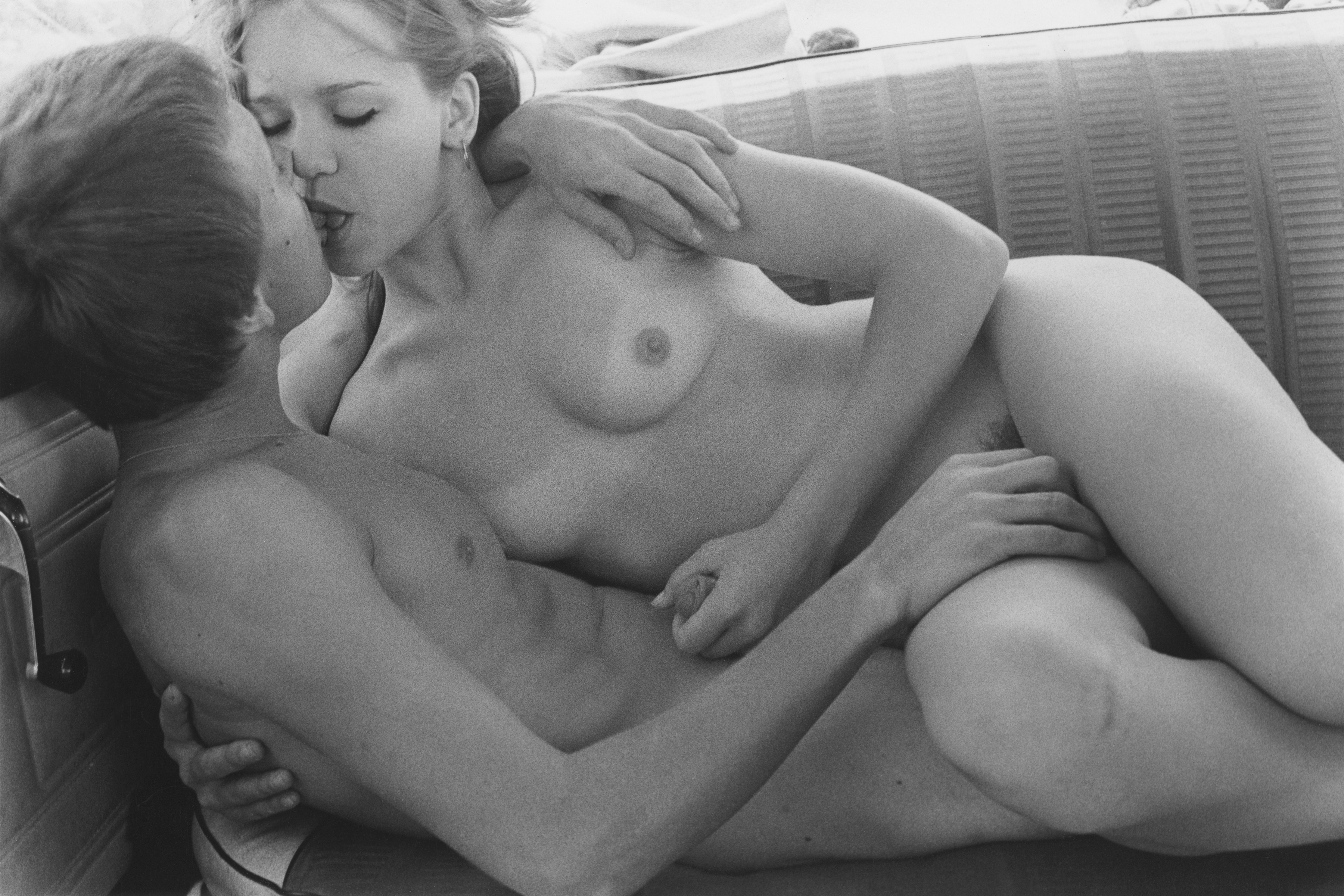
From Left: 'Untiled,' 1963, Tulsa; still from 'Kids,' 1995; 'Untitled,' 1972, Teenage Lust. Photos by Larry Clark.
You said when you did Tulsa you weren’t ready to make a film. So, what did it take for you to be ready? Was it an emotional readiness? Or like, a technical, ‘I don’t have anyone to hold a camera’ kind of ready?
I was an outlaw for a while. I was a drug addict. And to make a film, I knew I had to clean up my act. I knew no one would give me a million bucks to make a film unless you clean yourself up. So, that’s what I did. I got clean, I got married and I had two kids. Then, I was ready to make a film. I became respectable—I still am today.
Do you think you need to suffer with the work that you do?
Artists have been very sad, but I’m not sure if that’s true at all.
Quentin Tarantino has said that if you love cinema enough, it’s impossible to make a bad movie. Do you agree?
I don’t think I can agree with that. It doesn’t make any sense? Does it?
Who are some people that you look to as references or inspiration for your art?
I look at painters—Christopher Wool, Mike Kelly, Richard Prince. I think I’m more inspired by artists than anything else. I’ve painted, and sold some of my paintings, and that was really fun to do. I’m still shooting, too.
Do you think you’ll put out another book?
Possibly, I could. But I want to make another film. I’m working on a screenplay right now. I really feel like I need to make another one.
'Marfa Girl 2' is available now.
Lead photo: 'Untitled,' 1963, Tulsa. © Larry Clark; All photos courtesy of the artist and Luhring Augustine, New York.

